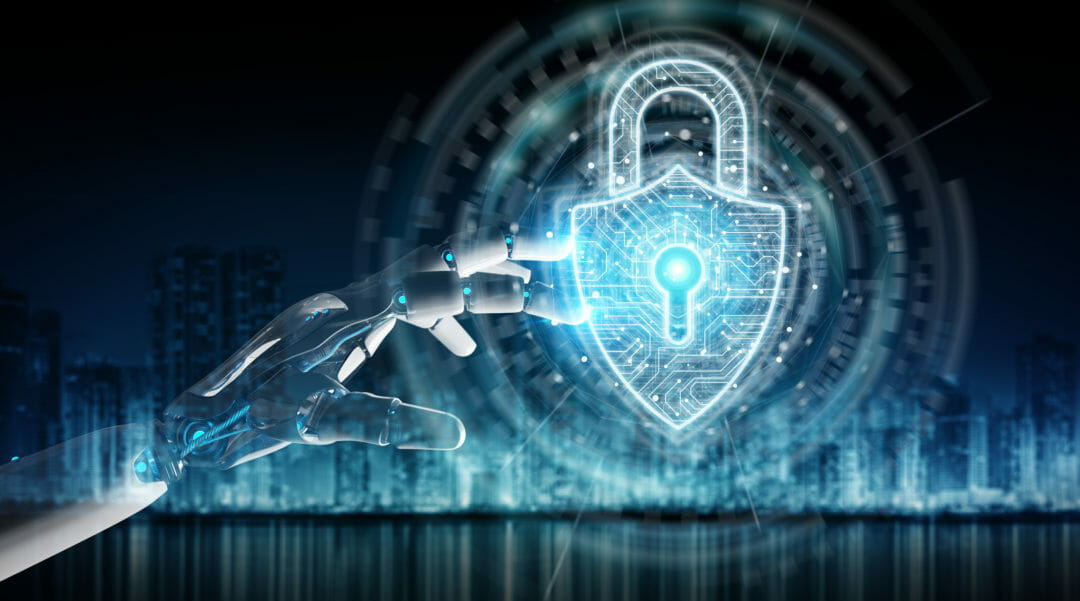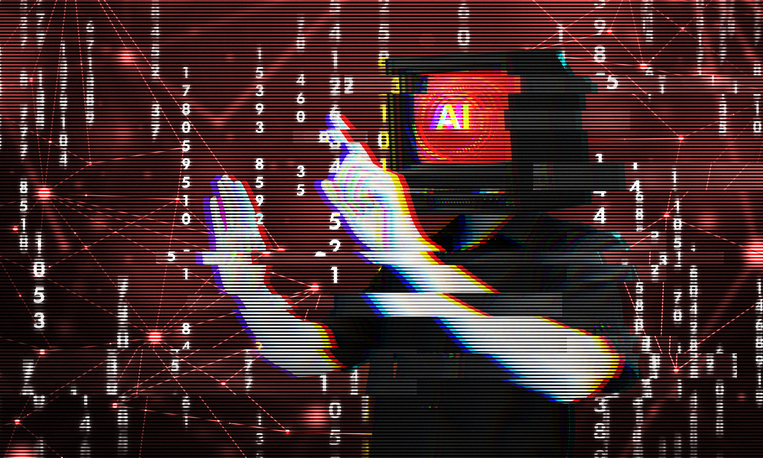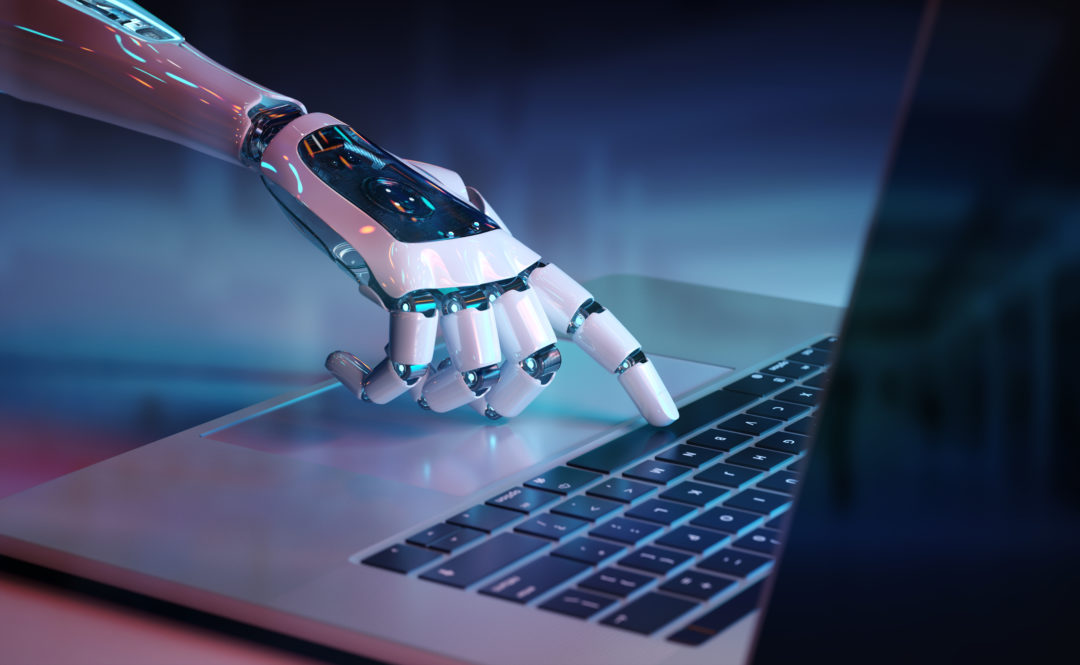AI in Cyber Security: Can It Help Protect Against Growing Threats?
There is a list of growing cyber security threats, ranging from a rise in identity thefts and account takeovers to vindictive ransomware strains. Businesses are feeling the strain, especially Fortune 500 enterprises, who have massive stores of data. Because of this, they have become attractive to bad actors who want to try and take over that honeypot.
But, all is not lost.
AI in Cyber Security
AI, while not a silver bullet, can help improve an organisation’s overall cyber security posture — if they get the security basics right in the first place (firewalls, data encryption, etc.).
AI: Mitigating the Insider Threat as well?
The insider threat — whether intentional or not — is the single biggest cause of organisation vulnerability; clicking on a phishing email is a classic example. Employees need to undergo extensive and frequent cyber security awareness training. AI can help here as well — it can look at the pattern of internal computer usage from different data sources (individuals) within an enterprise. For example, if it’s 2am in the morning and an employee is unusually logged into the network and downloading some internal files, the AI can quickly see this is anomalous behaviour and take the appropriate steps.
Implementing AI in Cyber
AI shouldn’t be implemented for the sake of it. But, when should it be applied? Patel thinks that if there is a human expert who can do a certain task, but it takes them a long time to achieve it, AI can help. "Humans are very good at recognising patterns and software is really good at following rules," explains Patel. "You can teach a machine to behave like a human, and the more data it has, the better it gets at its job."
Why AI in Cyber Has Yet to Take Off Yet
Dr. Leila Powell, lead security data scientist from Panaseer, agrees that "the key challenge for most security teams right now is getting hold of the data they need in order to get even a basic level of visibility on the fundamentals of how their security program is performing and how they measure up against regulatory frameworks like GDPR. This is not a trivial task!
Security: Day 1
The fundamental nature of security has changed, and security needs to be built in from day one. Organisations need to start thinking about how to move security to the forefront of the software lifecycle development.
Microservices
There are also infrastructure choices that make life very difficult for hackers. There is a certain architectural paradigm called microservices, which is a bunch of modules, but each of them is doing something very simple. When you have very simple services that are constantly talking to each other, securing them becomes much easier because the services, by themselves, are not doing much, they don’t have a very large attack area. In fact, the only thing organisations need to secure is the communication between the microservices.
Should Organisations be Handing Security Over to AI?
Building security into software from the get-go, deploying microservices, looking at global applications (rather than just locally), implementing firewalls and encrypting data. All of these basics security functions will help organisations fight off the growing cyber threat. So, where does AI fit in? We’ve seen that it can help with detecting anomalies, help mitigate the cyber threat, and identify new strains of existing threats.
Conclusion
In conclusion, AI can be a valuable tool in the fight against cyber threats, but it’s not a silver bullet. It’s essential to remember that AI is not a replacement for security basics, but rather a supplement to them. Organisations need to get the security basics right in the first place, and then consider implementing AI to improve their cyber security posture.
FAQs
Q: Can AI really help with detecting anomalies and mitigating the cyber threat?
A: Yes, AI can help with detecting anomalies and mitigating the cyber threat by identifying patterns and behaviours that are unusual or suspicious.
Q: Is AI a replacement for security basics?
A: No, AI is not a replacement for security basics. It’s essential to implement security basics, such as firewalls, data encryption, and intrusion detection systems, and then consider implementing AI to improve your cyber security posture.
Q: Can AI be used to predict and prevent cyber-attacks?
A: Yes, AI can be used to predict and prevent cyber-attacks by identifying patterns and behaviours that are likely to lead to an attack, and taking preventative measures to stop them.











